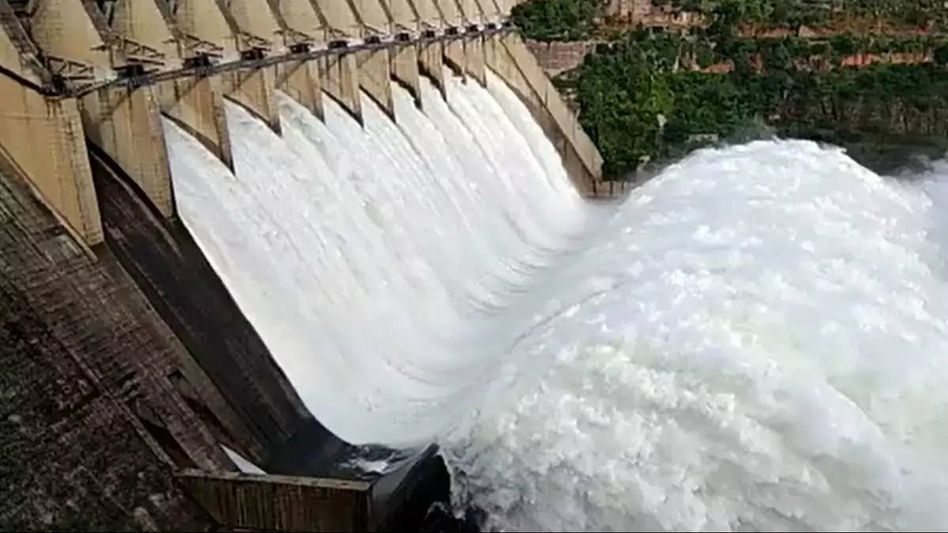NHPC confirms safety of hydro projects in Arunachal Pradesh
The Teesta Valley incident, characterized by a GLOF event originating from South Lhonak Lake, prompted a reevaluation of dam safety protocols. However, NHPC stated the technical disparities between the Teesta Basin and the regions housing their projects in Arunachal Pradesh.
 NHPC confirms safety of hydro projects in Arunachal Pradesh
NHPC confirms safety of hydro projects in Arunachal PradeshIn light of recent concerns over the safety of mega hydro projects, particularly in Arunachal Pradesh, the NHPC (National Hydroelectric Power Corporation) has issued a press release reassuring the public of the safety measures in place. The statement comes amidst growing apprehensions following the Glacial Lake Outburst Flood (GLOF) incident in the Teesta Valley in October 2023.
The Teesta Valley incident, characterized by a GLOF event originating from South Lhonak Lake, prompted a reevaluation of dam safety protocols. However, NHPC stated the technical disparities between the Teesta Basin and the regions housing their projects in Arunachal Pradesh.
NHPC stated that most glacial lakes in Subansiri, Siang, and Dibang river catchments are located in distant Chinese territories, minimizing the threat of GLOF-induced floods to NHPC projects. Furthermore, the topographic and catchment characteristics of Arunachal Pradesh differ significantly from those of the Teesta Basin, mitigating the risk of similar events.
Detailed analysis reveals several key factors contributing to the safety of NHPC projects in Arunachal Pradesh. The remote location of glacial lakes, gentle river slopes, and substantial reservoir capacities ensure effective flood attenuation and absorption. Additionally, all proposed dams in these regions are concrete structures, inherently resilient against failure.
NHPC provides basin-wise project details, affirming the robustness of safety measures. Projects such as Subansiri Upper Project (SUP), Subansiri Lower Project (SLP), Kamla HE Project (KHEP), Siang Upper dam, and Dibang dam exhibit high levels of resilience against potential GLOF events.
In the press release, NHPC cautioned against drawing parallels between the Teesta Basin incident and future eventualities in Arunachal Pradesh. NHPC stresses the importance of considering catchment-specific features and project capabilities in assessing safety measures
Copyright©2025 Living Media India Limited. For reprint rights: Syndications Today









